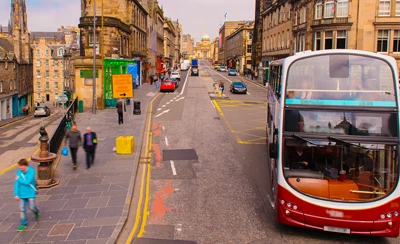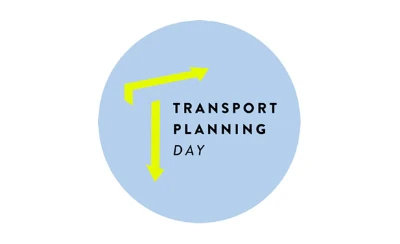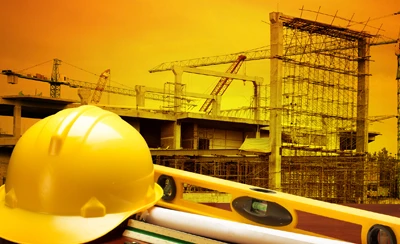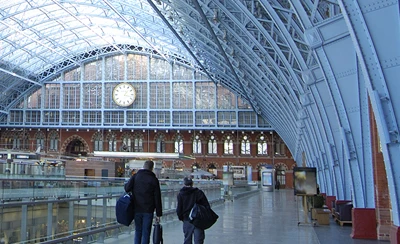How can we estimate carbon savings from local projects?
Researching my TPS bursary paper – a valued experience with positive impacts
My TPS bursary paper focused on researching methods for monitoring (or rather, estimating) transport-related carbon emissions savings in local modal shift projects to help evaluate their impacts. I chose this topic because in our discipline, what we measure matters; it shapes targets and, therefore, action. But there is a gap in how we measure carbon emissions savings from local modal shift schemes. My goal was to contribute to the development of a methodology for just this.
My research was guided by the principle that it is important to understand the carbon impact of a scheme (whether positive or negative), not just to learn from the scheme and adapt it accordingly, but also to help make the case for future schemes.
Supported by my mentor, who had an incredible depth of expertise in this field that I am lucky to have been able to learn from, I set out on my research proper in autumn 2019.
The research process
My research process included a desk-based review of academic and organisational literature about available guidance; current and emerging methods to measure modal shift, and the requirements to be able to use modal shift monitoring to infer change in carbon emissions. I also conducted valuable interviews with staff at Transport for London about these aspects and potential future methodologies.
As I researched the paper, it became apparent I was exploring a vitally important, yet extremely complex and underdeveloped topic. Below is a brief summary of my findings – you can read more about them in the full paper.
The findings
Essentially, when monitoring the carbon emissions of transport projects, the emissions themselves aren’t measured – modal share and modal shift are used to estimate the representative change in carbon emissions.
Whereas traffic volumes and air pollution have localised impacts and so can simply be measured at the site with air quality sensors or traffic counts, estimating carbon emissions is difficult because the changes have to be understood on a network level; the impacts are not localised. As such, modal shift must be measured on a network level and be attributable to a transport measure, which is very difficult.
As I explored, I began to identify several different jigsaw pieces that are all needed to complete the puzzle of measuring carbon emissions using modal shift:
- Measuring change in modal share
- Over time to measure shift
- Decrease and increase across all modes to account for diversion
- Across a network
- Qualitative research to understand behaviour change to help attribute modal shift to the scheme in question
- Consideration of the impact of exogenous factors, for example changing demographics
- Using measured modal shift measurements (that have been adjusted for the above considerations) to calculate change in carbon emissions, the impacts of which can also be evaluated
I found research and practice that spoke to certain pieces of this puzzle, but there was always at least one missing. This was still promising – if there were examples of each of the elements, even if they were not used together then it suggested they could be. Given this, along with the nascent state of potentially useful technologies that I explored, my paper’s comments towards a methodology were necessarily somewhat speculative. Ultimately, however, the paper successfully brings together the challenges and requirements, and points towards a network approach and considerations for a methodology.
Where we are now
Now taking account of the seismic global event that is the COVID-19 pandemic, it has of course had an impact in the field of transport planning, which has also been a huge part of the response. Monitoring the schemes implemented as part of this response is key to making them effective and permanent.
Many of the identified challenges to estimating carbon by measuring modal shift do remain.Wider network and qualitative approaches to monitoring are being used, but due to those challenges and the fast-paced delivery of the response to COVID-19, we may still not have all the ‘jigsaw pieces’ yet.
However, having researched this paper, I am more aware of these pieces and the need to bring them together. Furthermore, the research process has expanded my understanding of considerations in monitoring more broadly.
This is a vitally important and interesting area that needs more research, development and practical implementation by transport planners. To address the climate emergency we need to be able to better and more precisely measure progress towards our climate goals – I am confident Transport Planners will be working away to make this happen.
My own personal experiences
A lot has changed since I submitted my paper as part of the TPS bursary competition at the end of 2019. Seismic global events aside, at the time I was completing a master’s part-time in Global Energy and Climate Policy, alongside my job as a transport planner in Islington Council.
It did make for a busy few months once I was accepted, as I juggled researching and writing my paper with university and my career. Ultimately, though, I am so glad I decided to enter. I was given an amazing opportunity to contribute research on this important topic, and it has had a tangible positive impact on what I now work on.
I have now finished my studies and, although I am still working at Islington Council, I am happy to find myself now implementing some of the learning I gained from the process of researching my bursary paper. I am leading on the monitoring strategy for our council’s major transport response to COVID-19 – its ‘People-Friendly Streets’ programme – which includes Low-Traffic Neighbourhoods, pop-up cycleways and School Streets, along with a strong emphasis on the importance of monitoring to enable data-driven decision making.
I do believe that being selected as a Bursarian and invited to produce a paper for the competition played a part in this. This is partly because of knowledge I gained through the process, but also the conversations I had as part of the research and around it, which led to my involvement on monitoring-related work. For this alone I am thankful I entered.
Download Rose’s Bursary Paper Towards a methodology to estimate carbon*emissions savings from local mode shift initiatives
Read more about our 2019 Bursary Winners https://tps.org.uk/bursaries
Find out about the Transport Planning Society Bursary competition https://tps.org.uk/bursaries








